What Hi-Fi? Verdict
The Fidelio L4 are good noise-cancelling headphones with lots to like, but their very capable competition looms large
Pros
- +
Fun, engaging sound
- +
Long battery life
- +
Good noise cancellation
Cons
- -
Boosted bass won’t be for everyone
- -
Strong competition
Why you can trust What Hi-Fi?
Standing out in the busy noise-cancelling headphones market is no mean feat, particularly when it is dominated by a couple of big brands and a number of go-to recommendations.
That hasn’t phased Philips. The brand’s Fidelio range has been releasing good headphones for years, quietly confident that people are looking for alternatives away from the path most travelled – and the Philips Fidelio L4 are its latest over-ear offering.
Following on from 2021’s Fidelio L3, do they offer a convincing option away from the obvious rivals? Let’s find out.
Price
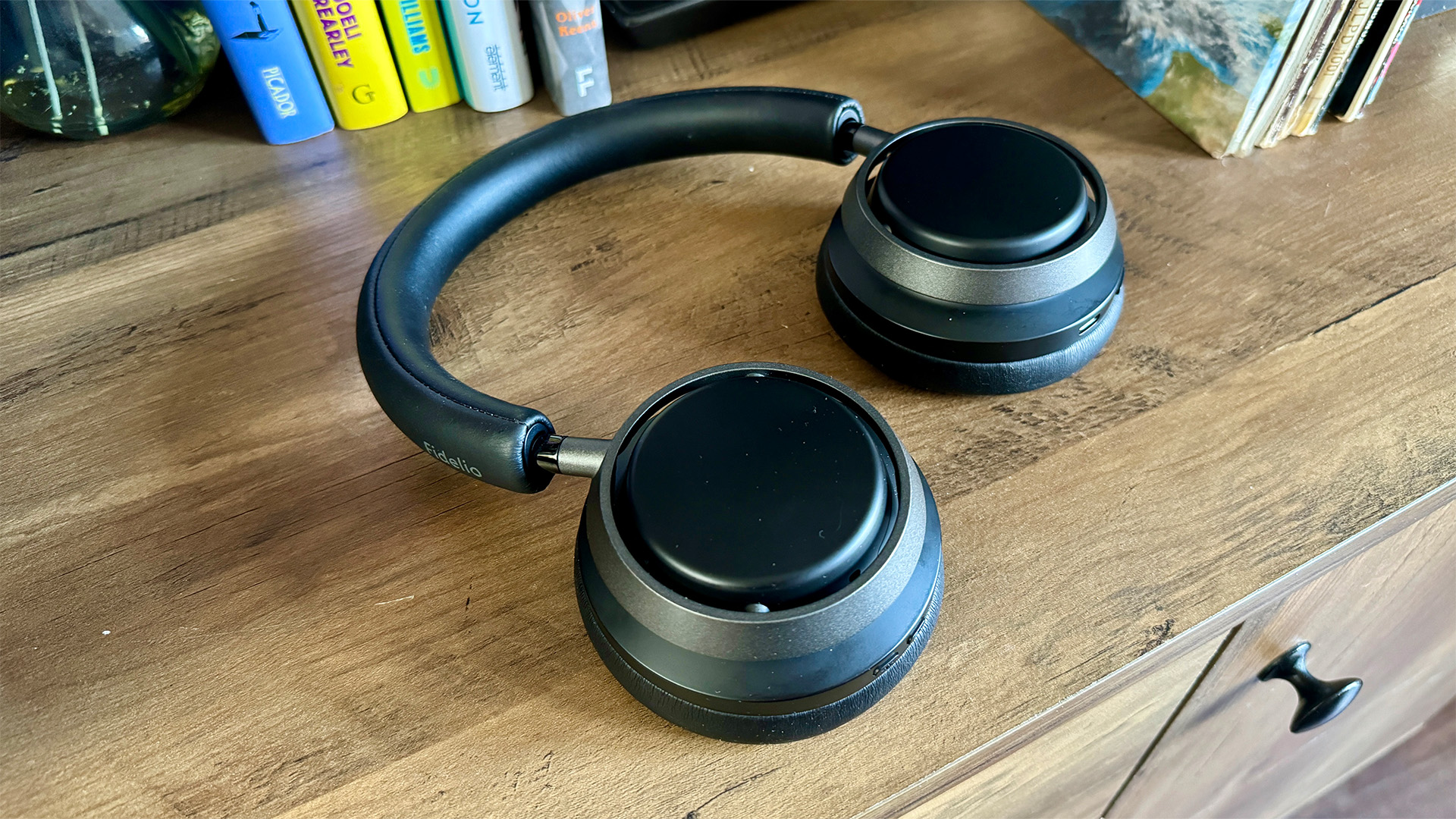
Just like their predecessors, the Fidelio L4 launched at £299 / $350 (around AU$560 – but not selling in Australia), though they are available for just under those asking prices now. UK buyers will only save £10 or so, at the time of testing, but those in the US can take off $50, to bring them to $299.
This puts them squarely up against their biggest rivals, the Sony WH-1000XM5, which launched at £380 / $399 / AU$650 but are now widely available in the UK for £299. In the US, however, the Sonys have held their price, putting around $100 between the WH-1000XM5 and the Fidelio L4.
Design & comfort
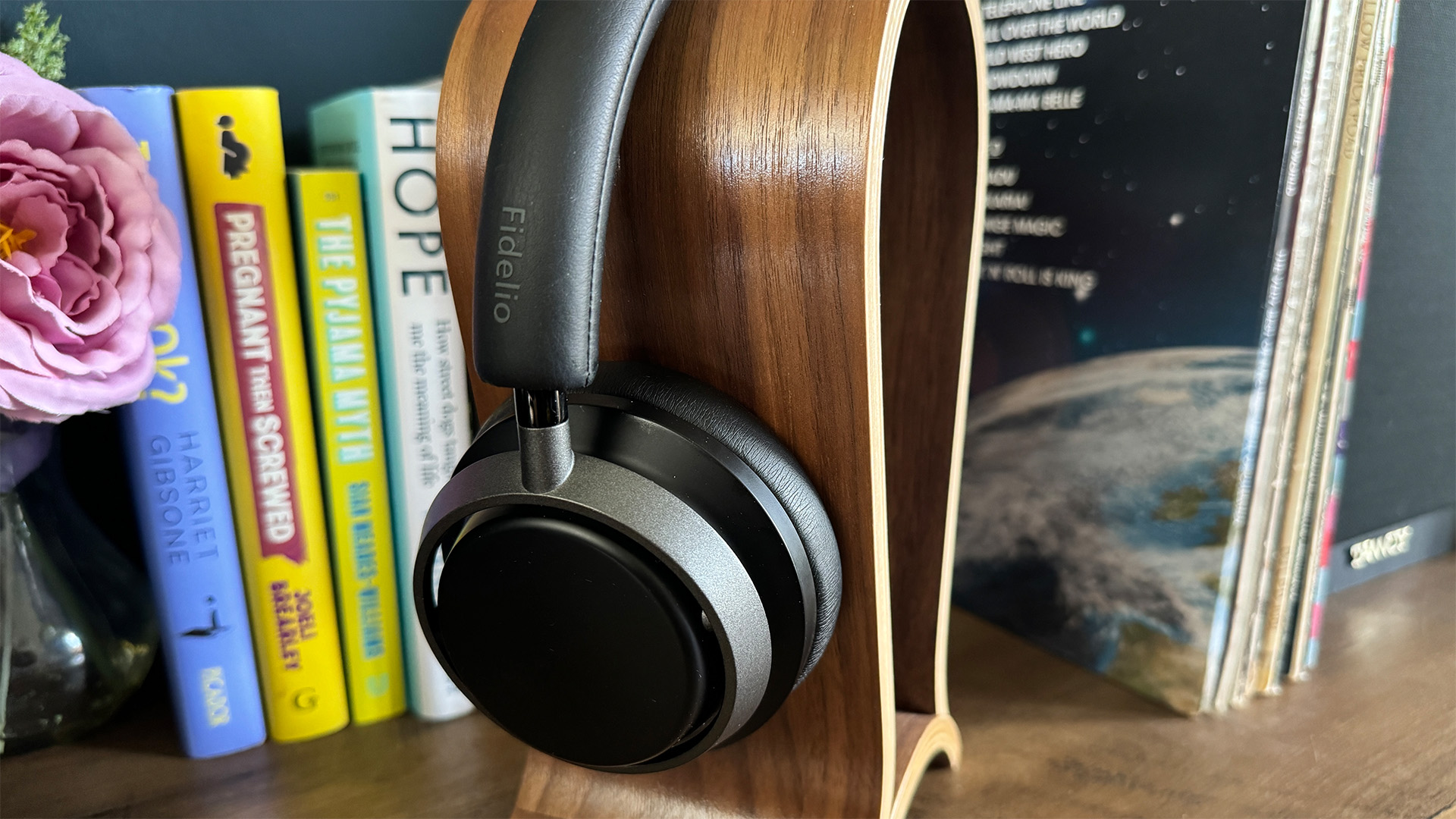
We think it’s fair to say that you wouldn’t call the Fidelio L4’s all-black design eye-catching, but they do set themselves apart from a lot of their competitors by opting for a circular earcup, instead of oval.
The earcups themselves look very similar to the L3, sitting within circular brushed aluminium yokes and hinged to give the earcup freedom of movement up and down for comfort. They’ve actually been made smaller on the outside and larger on the inside to make way for bigger ears, and also swivel flat to make the L4 slightly more easy to travel with.
The latest hi-fi, home cinema and tech news, reviews, buying advice and deals, direct to your inbox.
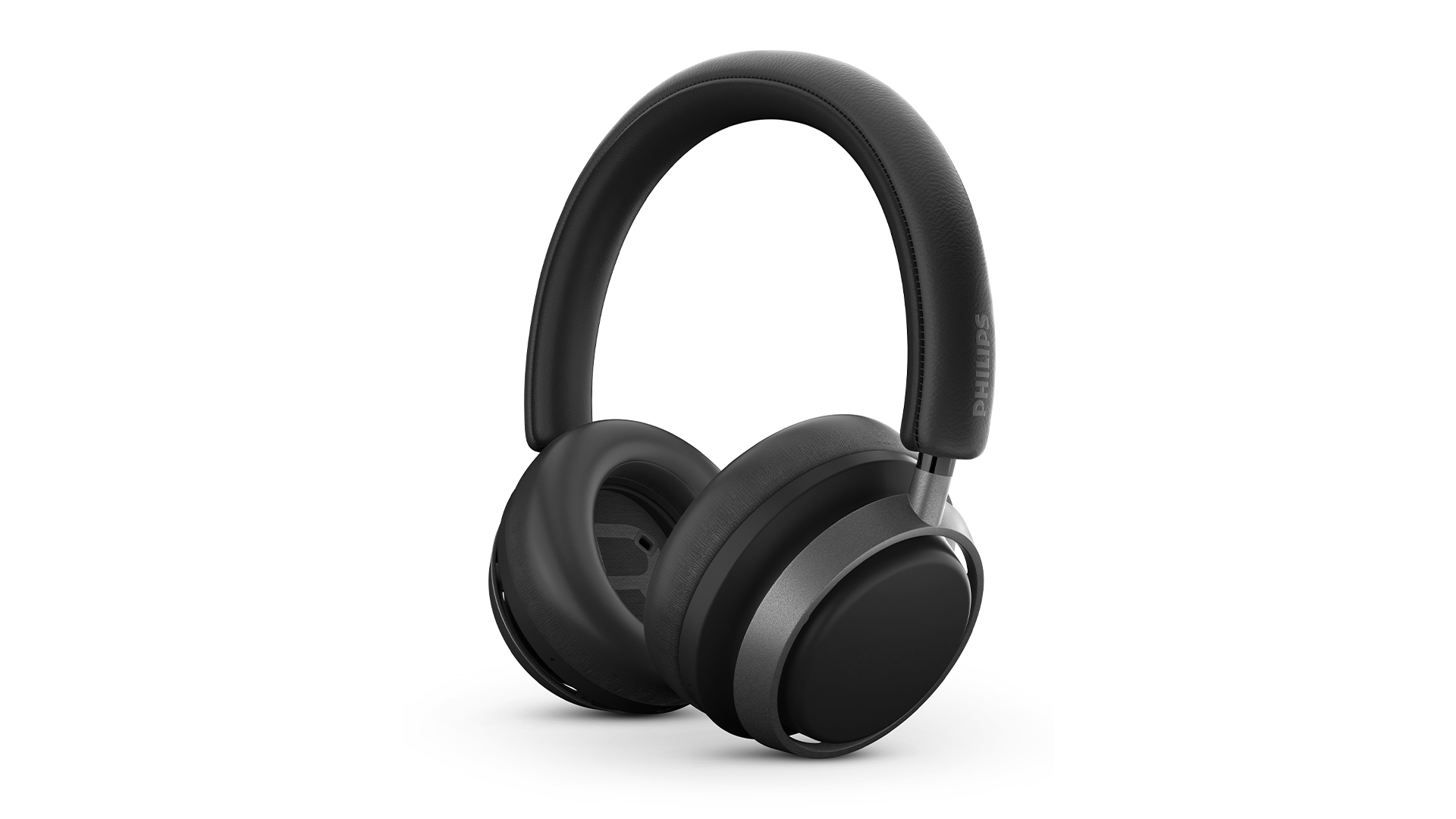
Bluetooth? Yes, 5.3
Wired playback? Yes, 3.5mm and USB-C
Noise-cancelling? Yes
Battery life 40 hours (ANC on), 50 hours (ANC off)
Weight 330g
Vegan leather covers the earpads, which feel suitably squishy to the touch, while the slimmer, redesigned headband gets the proper stuff along the top – a sturdy Muirhead leather. The padding here arguably feels a bit on the stingy side, but a 10 per cent lighter design than the L3 helps to ensure these headphones don’t ever feel uncomfortable.
The curved metal arms that attach to the earcups extend out smoothly from underneath the covered headband to give you a larger fit if you need it, though even at their smallest, the fit is on the loose side – and this is is only added to by a reduced clamping force when compared with the L3.
While this makes for a pretty comfortable fit for long listening periods, it does mean they don’t always feel the most stable when you’re moving around. They won’t make a leap for freedom if you make a sudden dive forwards to pick something from the floor, but they will shift. For that reason, and also since they don’t have an official IP rating, these may not be the best headphones to use for running and exercising.
Under each earcup, you’ll find a couple of buttons – the power/pair button on the left and on the right, a button to summon your phone’s voice assistant and one for noise cancellation controls.
The right earcup also holds touch controls for playback, with taps for pausing and playing, and swipes for track selection and volume. They are suitably responsive, without being overly sensitive – the L4 cleverly uses a double tap for play and pause to avoid unwanted taps when adjusting the cans on your head.
There’s the choice of wireless or wired listening, through either a 2.5mm-to-3.5mm cable or USB-C, with one input on the underside of each earcup, with the USB-C port also being used for charging.
While everything feels solid enough, we do have a few quibbles. The earpads are just a tad on the warm side when worn at length, and the leather on the headband ripples when stretched, in a way that we’re a little worried could damage or wear over time.
Features
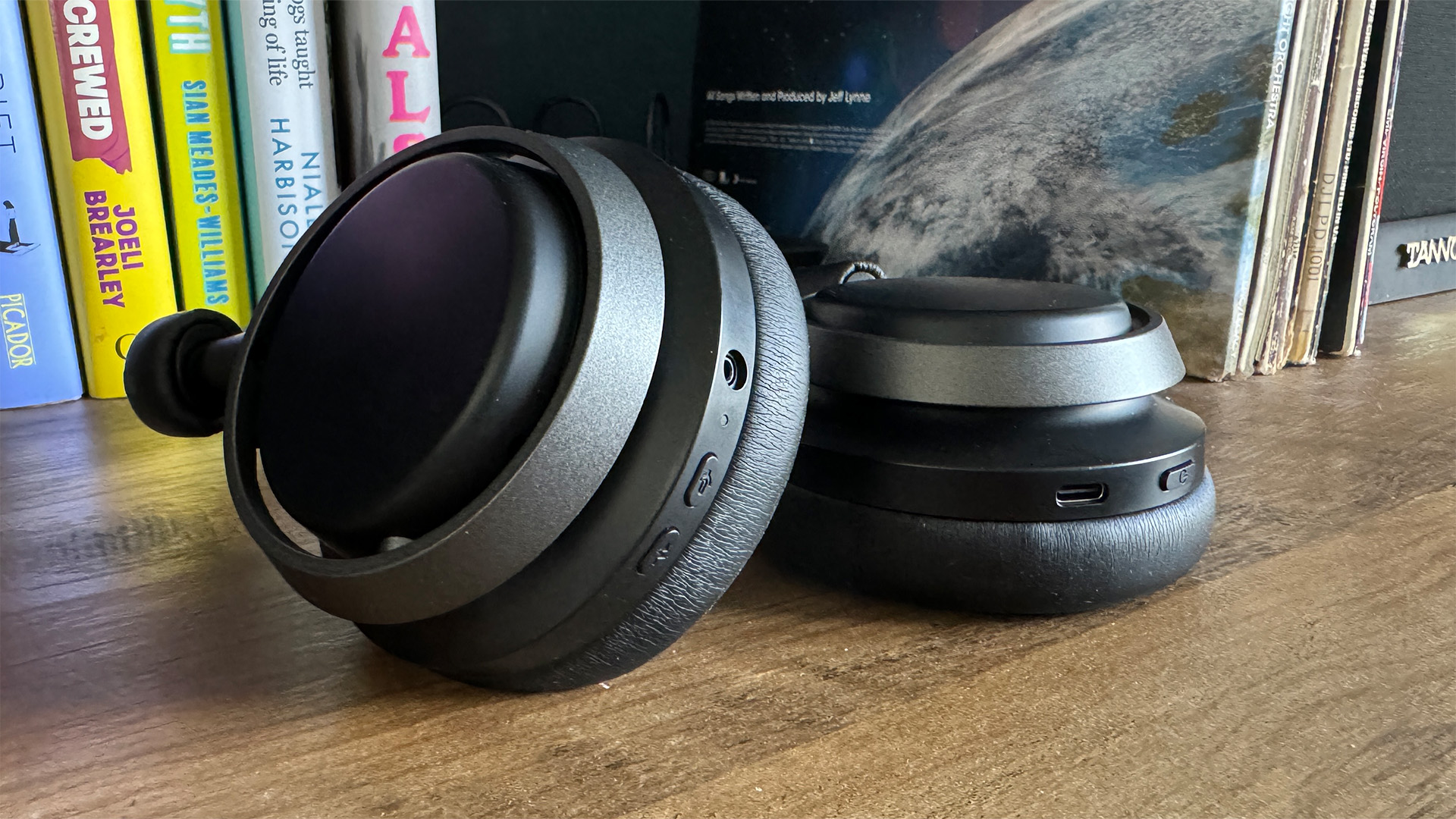
As with a lot of headphones, you’ll want to download the Philips Headphones app to access a lot of the Fidelio L4’s additional features – things like the auto-off function, the wear sensor, audio latency adjustments and the ability to hear your own voice when on calls – these can all be switched on or off within the app.
There’s also more granular custom controls for noise cancellation and transparency modes, an EQ with four presets and the ability to set your own, and spatial audio controls too – this will add a “spatial” effect to all music, not just Atmos audio tracks.
It isn’t an effect we loved – it made music sound a little hollow and echoey, so we chose to keep it off for the most part. Specific Atmos tracks do fare a bit better with it though, so it’s worth a try if you like spatial audio.
The Fidelio L4 use Bluetooth 5.3 with support for AAC, LDAC and LC3 codecs, with aptX noticeably missing this year – despite being included on the L3. Higher res music playback is possible by using one of the wired options though, with both cables included in the box.
Google Fast Pair is also supported, meaning Android phones should pair extra easily (though we also had no problems pairing the old fashioned way, with an iPhone 15 Pro Max), and Bluetooth Multipoint allows you to easily swap between two connected devices without the faff.
The Fidelio L4 are noise-cancelling headphones, and do a pretty good job of blocking out the world around you. Like many, they cope best with cancelling out steady, low-end noise – meaning public transport rumbles are all but gone, particularly when you start playing music. Office and coffee shop chatter is significantly dulled too, it’s only the sudden beeps of a train door or the passing of a loud motorbike that might interrupt you. Bose remain the champions in this area, but we wouldn’t say the L4 are too far off Sony’s level here.
However, the Sony WH-1000XM5 do offer a quieter noise floor when noise cancellation is up at its max – something that’s really only noticeable when no music is playing, though – and they also handle wind tear better too. Philips has actually done some work here to specifically improve the L4’s wind performance, adding a new voice mic and relocating the venting port to the rear of the earcup, but we do find it can still be caught out on occasion.
Where the Fidelio L4 can pip the Sony’s on features, though, is battery life. They have even better battery life this time around, now up to 40 hours from 32 when using ANC – 10 hours more than the WH-1000XM5 — and up to 50 hours without it. There’s also a fantastic fast charging option, offering 14 hours of playback from a 15-minute charge, with a full charge taking around two hours.
It is worth noting that, in early testing, we had a few disconnection issues, which Philips told us was down to an over-sensitive wear sensor – something that would be rectified by a firmware update. As our testing has continued, we have seen these issues clear up, although we are not currently aware of any firmware update having been issued. It is just something to be mindful of if you choose to buy these headphones.
Sound
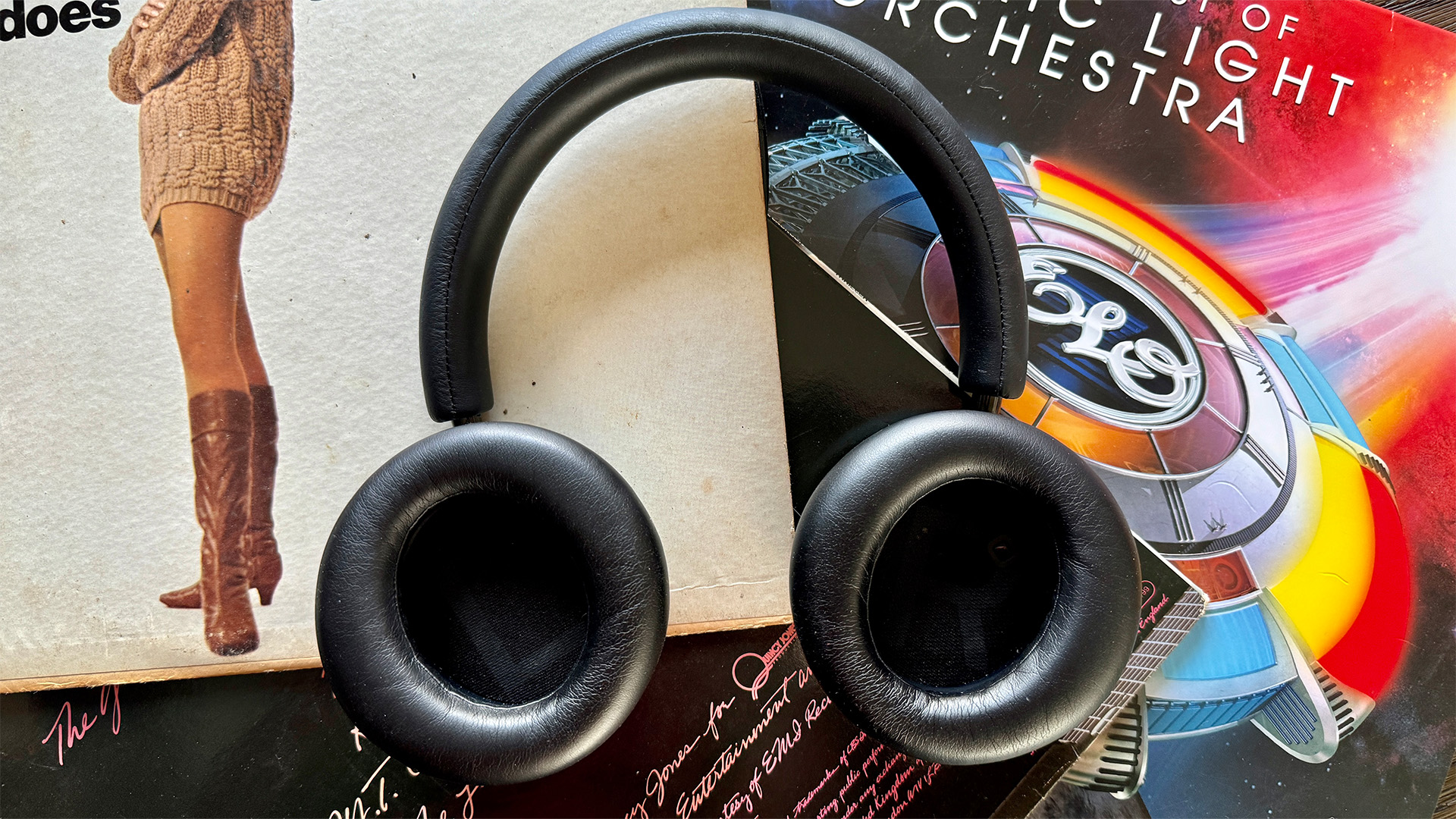
Press play on the Fidelio L4, and you are immediately greeted with a rich, warm and confident sound that’s easy to listen to. It’s far from an analytical listen – the bass is undeniably boosted here – but very few people are looking for that from headphones like these. Fun, full-bodied, engaging? Tick, tick, tick.
The warm personality lends itself particularly well to the likes of hip-hop, EDM and pop music, fully embracing the bassy beat in Cordae’s Two Tens and the pulsing bassline in Doja Cat’s Agora Hills. As big and authoritative as those lower registers are, they are well controlled, without adding any unwanted thickness to the midrange.
In fact, the midrange is clear and agile, with a decent level of detail and insight. Instruments have a fair amount separation for this level too, so nothing ever feels congested, even at volume.
The treble is largely well behaved too, and never sounds harsh or shouty. It’s very carefully rolled off to prevent this, but the L4 keep enough snap and sparkle here for when it’s needed.
It’s only when compared to the Sony WH-1000XM5 that you realise there’s a level of insight and refinement that’s missing here. Finer details are all the more noticeable on the XM5s and everything just flows better, with a tighter sense of togetherness.
The bass is just as rich and authoritative, but it’s less in your face, for a better overall balance, and the WH-1000XM5 time better too. It’s a more upfront and exciting sound because of that, driven along with more agility than the Philips can muster, and more explicit in their handling of dynamics to boot.
Listen over USB-C instead, and the Philips pull a little bit of this back, tightening up their timing, uncovering a smidge more detail and helping to improve dynamics too. But even so, the Sony WH-1000XM5 remain the better sounding performer overall.
Verdict
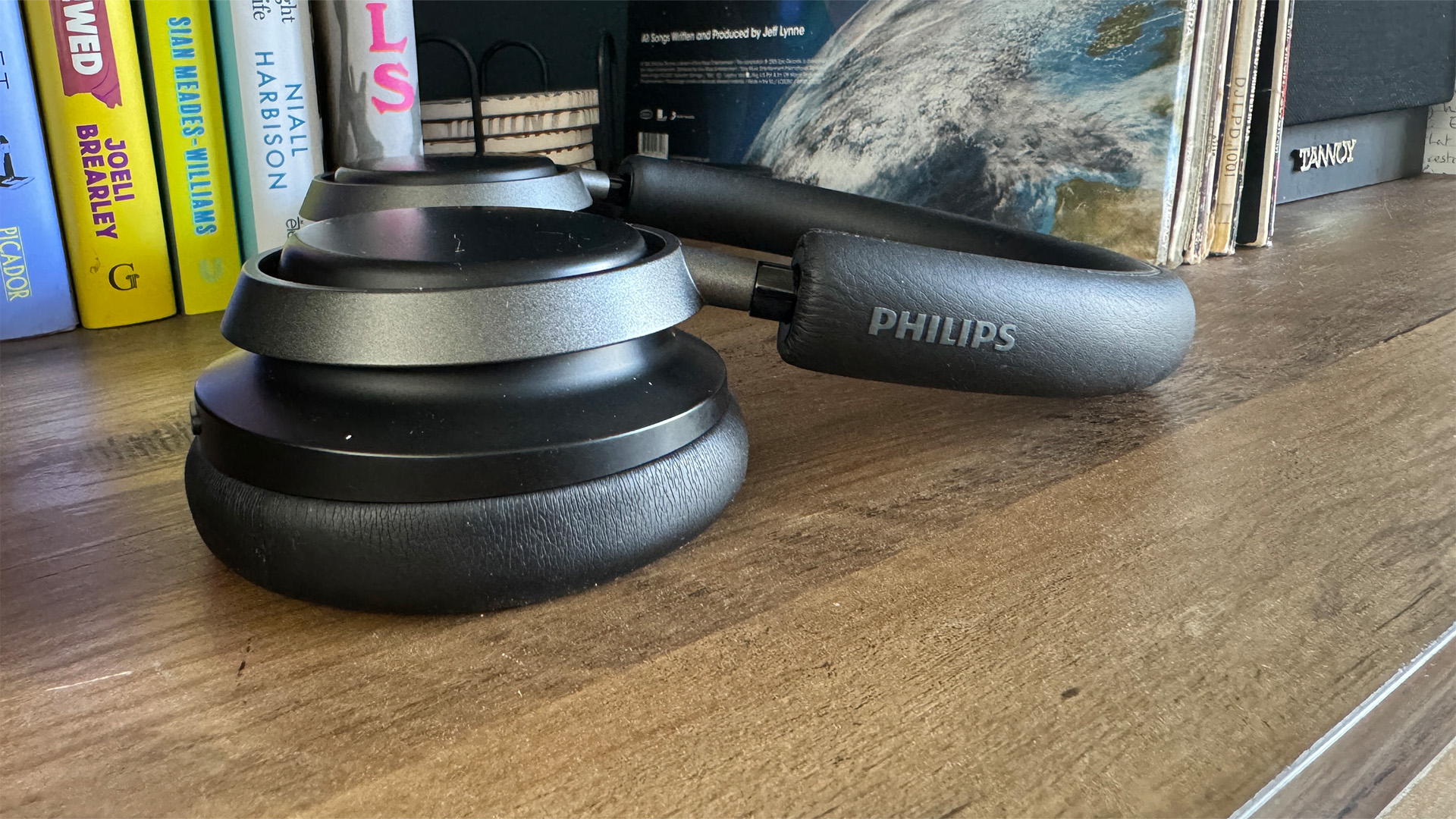
Despite this, there’s something very likeable about the Philips Fidelio L4, and we think that a lot of people who pick them up will think the same. For anyone who likes their bass with a bit more oomph than your seasoned audiophile might find acceptable, the Fidelio L4 can offer that without being overbearing.
Critical ears will pick up some niggles with rhythmic drive, and there is more insight and dynamic prowess to be had from their very talented competition at the same price. Still, they’re comfortable for longer listens, can cut out noise as well as some of the best and have a superb battery life that seems to go on and on. They may not be the best at this price, but there’s still plenty to like here.
SCORES
- Sound 4
- Features 5
- Comfort 5
MORE:
Read our Bose QuietComfort Ultra Headphones review
And our Sony WH-1000XM5 review
And while you're on a roll, how about our Apple AirPods Max review
Our pick of the best noise-cancelling headphones tested by our experts
What Hi-Fi?, founded in 1976, is the world's leading independent guide to buying and owning hi-fi and home entertainment products. Our comprehensive tests help you buy the very best for your money, with our advice sections giving you step-by-step information on how to get even more from your music and movies. Everything is tested by our dedicated team of in-house reviewers in our custom-built test rooms in London, Reading and Bath. Our coveted five-star rating and Awards are recognised all over the world as the ultimate seal of approval, so you can buy with absolute confidence.


